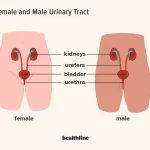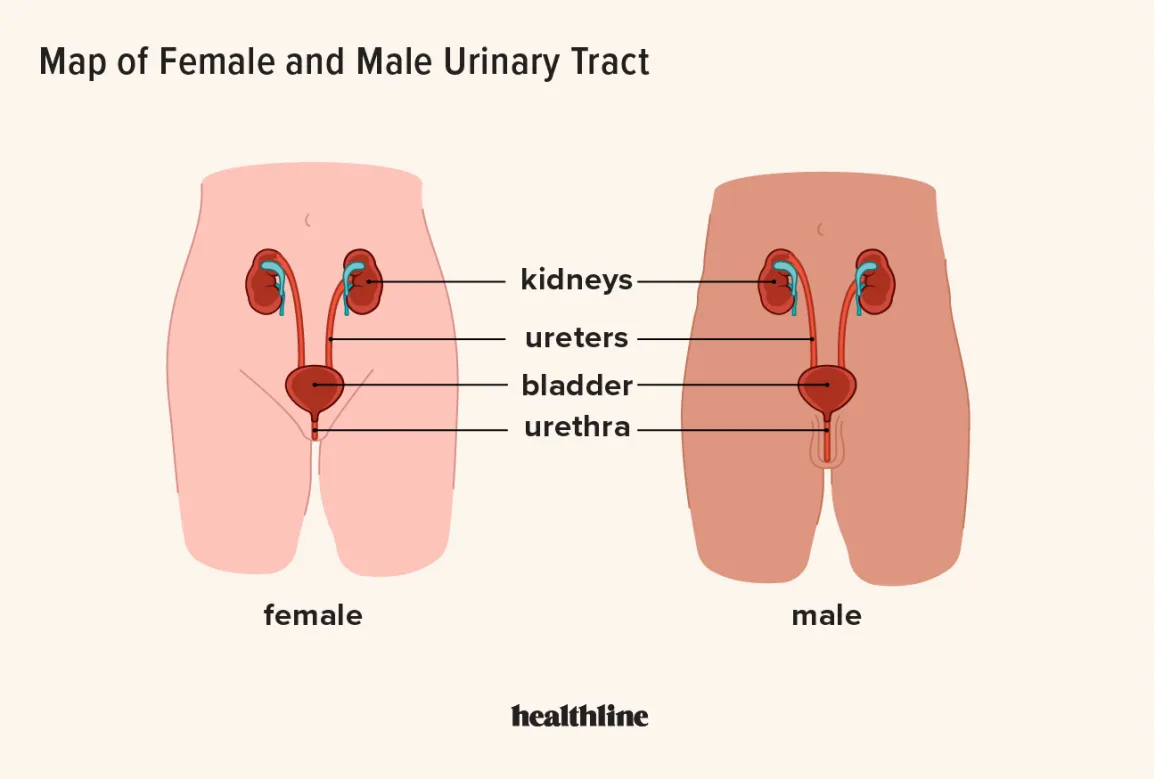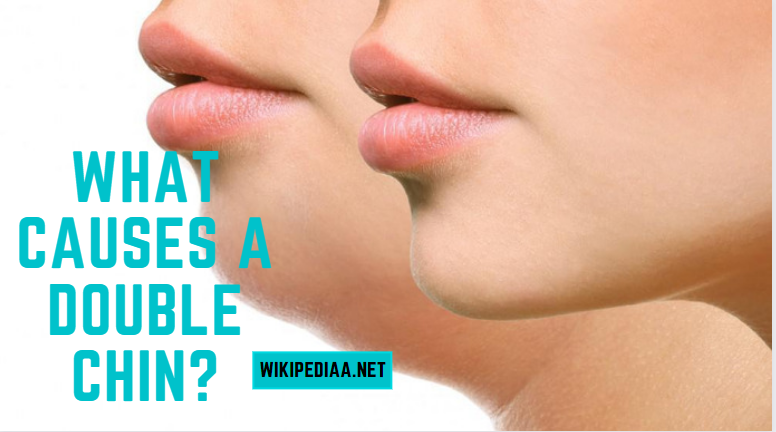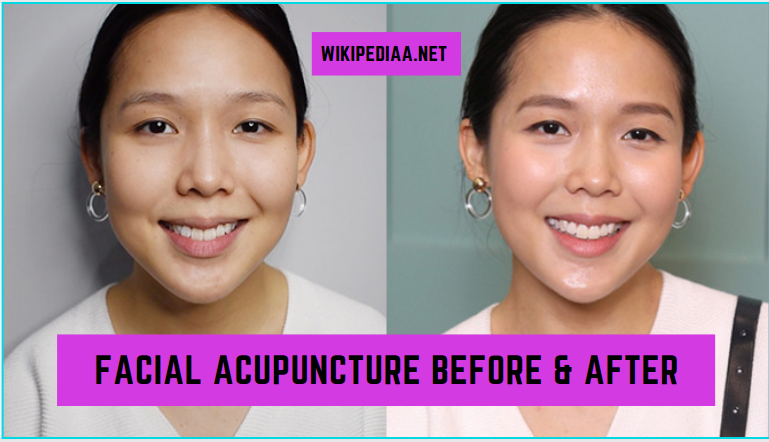Q: I’ve been noticing more wrinkles and sagginess on my neck. Aside from aging, are there other causes for these changes in my skin?
Just as with the wrinkles around your eyes and mouth and across your forehead, effects of aging are the primary reason for the appearance of fine lines and looser skin on your neck, chest, and decollete (the upper part of your torso).
With every birthday, your skin’s collagen breaks down a little more. This breakdown gives extra room for wrinkling to occur, resulting in thinner-looking skin that isn’t as tight, which makes it appear less firm and saggy.
Several other things can explain why you might be noticing these changes sooner than normal.
Sun Damage:
Exposure to ultraviolet light from the sun (think of how shirts, dresses, and swimwear leave exactly these areas exposed) speeds up the natural aging process, breaking down your skin’s collagen and elastin that gives your skin its strength, flexibility, and plumpness.
When this happens, it causes the skin to sag and wrinkle.
Years of Neglect:
If you’re like many different people, you probably don’t spend too much time thinking about what products you use to cleanse and moisturize your face.

Many of us like to wake up in the morning and automatically start cleaning those parts of our bodies that we can see, while our chest, neck, and décolletage are often left out.
Must read: 7 Potential Double Chin Causes and How to Avoid Them
By not cleansing, moisturizing, and nourishing these areas as often as you would, your cheeks, forehead, chin, and similar parts of your body don’t make for good results over time. Ultimately negative effects start to accumulate later on in life.
Smoking:
As mentioned above, smoking causes the blood vessels in the outermost layers of your skin to constrict, impairing blood flow and depriving the area of important nutrients and oxygen.
This process can lead to an unsightly appearance (like wrinkles on your face) and make your skin look washed out.
What Are Platysma Bands?
The platysmal bands are two muscles located on both sides of your neck. This is why many people identify them as the “neck muscles that make your middle part look smaller”!
Like with any armor such as a suit of armor, the skin around your neck would have to be a much heavier duty to protect it from all sorts of harm. If you’re in good shape and you tone yourself up, it’s common for your neck to start showing just how to fit you are.
However, most people will have no clue since they’re hidden under the skin. The only instance where they become visible is when there’s tension placed over the platysma bands.
Such as when you exercise or get into moments of high stress or anxiety!
What Are the Causes of Neck Bands?
As we age, everyone’s skin and muscle groups slacken and sag. While sagging is noticeable in areas where gravity works the hardest – like in people’s necks – it can also happen in other parts of the body, such as in their hands or even the chest area. Three problems may lead to sagging that you should be particularly aware of:
- Genetics
- Weight loss
- Clenching your teeth or stress and anxiety
Let’s say you want to do a marathon but haven’t trained for at least two years. Suppose a little soreness or tightness develops in your leg & hamstring muscles. In that case, this is a natural and normal process within your body as it begins to strengthen other muscles that it might not normally use when walking or standing around.

Effective Platysma Band Treatments
When considering platysmal band treatments, the level of patient preference varies from person to person.
Some procedures are more invasive than others to remove chins and folds around the neck. There are also non-surgical treatments that may prove to be effective for some individuals looking at ways to reduce loose skin or excess fat in their necks and their chins.
To make the most of your consultation with Dr. Ganot’s at Toronto Facial Plastic Surgery, make sure to arrive prepared by jotting down the key concerns you have leading up to your consultation and bring along a list of symptoms so that there are no surprises. This way, you’ll be better able to organize your thoughts and pinpoint the exact areas you want help improving!
Neck Band Treatment Follow-Up, Recovery, and Aftercare
Surgical procedures can take a while to recover from, but it’s critical to follow your surgeon’s recommendations and refrain from physical activity for the time given. The best way to facilitate recovery is by taking heed of any prescriptions for pain medication that might be recommended as needed.
After treatment, you should schedule follow-up appointments at least one or two weeks after your surgery to make sure everything progresses according to plan. Your healthcare provider will also provide you with detailed aftercare instructions.











